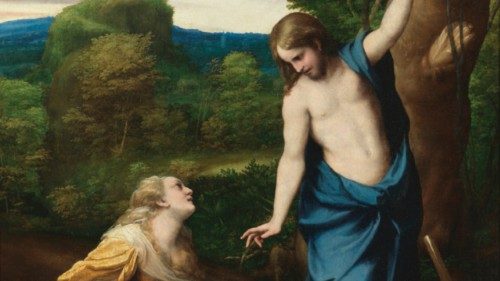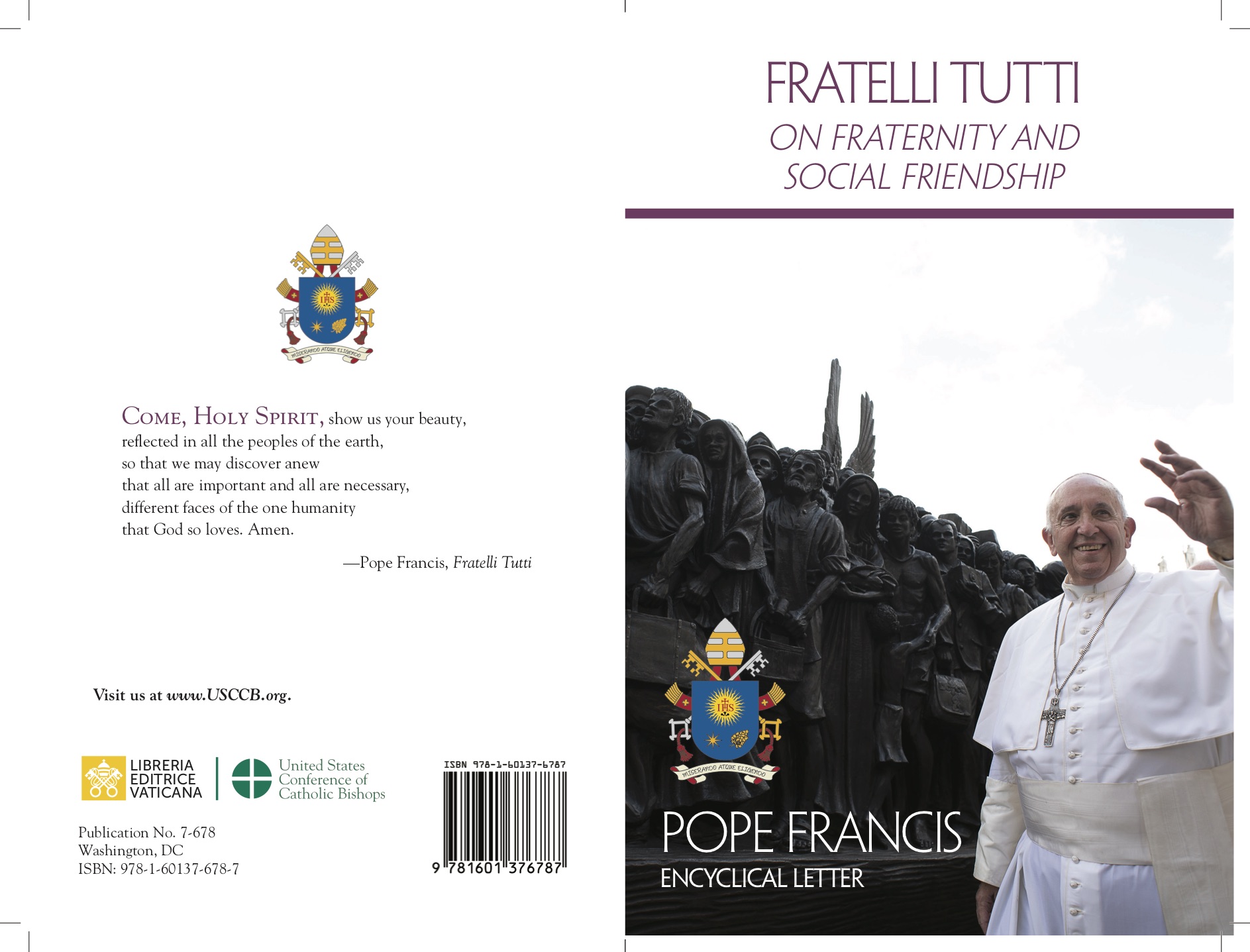
by MARINELLA PERRONI
At times, it is problems that induce curiosity, prompt us to ask a few questions, and lead us to making a new discovery. To those who have some familiarity with the writings of the New Testament, even without being an insider, we can perceive something that puzzles and raises questions. For example, is there a connection between Christ’s resurrection, women and madness?
An Enlightening Comparison
When we compare the accounts of the resurrection appearances in the four Gospels with a well-known passage from one of Paul’s letters, we are offered an illuminating perspective. The three Synoptic Gospels agree that the women who had followed Jesus from Galilee to Jerusalem -who accompanied him throughout his mission-were not only eyewitnesses to his death and burial but also the first to witness the appearance of the angel announcing his resurrection. They were entrusted with the mission of spreading the news to the disciples. John’s Gospel, on the other hand, draws on different traditions but conveys the same essential message. Instead of a group of Galilean women, the central figure is Mary Magdalene, who in some way represents their leadership. She is granted the only individual encounter with the Risen Christ and receives the explicit apostolic commission to announce the resurrection to the other disciples.
However, in his First Letter to the Corinthians, Paul reinforces the declaration of faith in Christ’s death and resurrection by listing various appearances of the Risen One, supported by a sequence of names. These names serve as evidence, and verify the events based on the testimony of those who experienced them firsthand. The list includes Cephas (Peter), the Twelve, five hundred brothers, then James, and finally all the apostles, before concluding with Paul himself, who also had an encounter with the Risen Christ. Every individual mentioned is strictly male. Paul states that he “received” this formula, which means that by the time he wrote his letter in the decade AD 50, it was already a well-established teaching in early Christian catechesis. This suggests that within the Judeo-Christian communities of the time, the proclamation of Easter faith and the testimony of the resurrection were considered valid only when confirmed by men. But why is this the case, when—according to all four Gospel writers—the first witnesses of the resurrection were actually the Galilean women, who discovered the empty tomb on Easter morning?
It is not easy to interpret such a distortion of tradition. Especially in a time like ours in which we are taken hostage by the awareness of the tension between Fact and Fake and it is even more difficult to reconstruct facts that occurred in a very distant time and whose account has come down to us only through a chain of interpretations. One indication, however, is there and deserves to be taken seriously.
The Red Thread of “Madness”
Interestingly, a second conclusion is added to the oldest of the gospels, that of Mark, in which explicit reference is made to the apparitions to Mary Magdalene and the two on the road to Emmaus. However, it also insists on the fact that none of the other disciples had believed their testimony and that this even becomes a reason for rebuke by the Risen One himself, during his last decisive appearance to the entire community gathered around the Eleven, ‘because they had not believed those who had seen him risen’ (Mark 16:9-20). One can understand, perhaps, the apologetic necessity to ensure that the tradition on the apparitions was not based on individual experiences that could be considered unverifiable, but was rather rooted in the reality of an entire religious movement that was already structured in some way and referred to the moral authority of the historical disciples of Jesus. However, the strength of the prophetic testimony of the disciples is striking. If on the one hand it turns out to be a genetically indispensable element for the birth of the Easter proclamation, it must on the other hand be tempered by the awareness of its dubious credibility. The women are responsible for the genesis of the faith in the resurrection, but we lose credibility if we give too much emphasis to their testimony. Why is that?
From this point of view, Luke the evangelist is the one who can clarify the terms of the question at least a little. For him, when Mary Magdalene, Joanna and Mary the mother of James, as well as the others who were with them, told the apostles of their experience of the apparition, “these words seemed to them an idle tale, and they did not believe them” (24:11). According to the third evangelist, even the testimony of the two disciples of Emmaus is not believed, but constitutes, in fact, a communicable and credible experience (24:35), just as that to Simon is to be considered an authoritative event (24:34), while only that to the women represents a boast. The women announce an incredible kerygma (24:9-11) and convey an ecstatic experience that is incommunicable (24:22). The link between prophetic vision and hallucination, between ecstatic experience and madness begins to emerge.
Then there is an episode narrated in the book of the Acts of the Apostles that again relates resurrection, women and madness. When Peter, after being freed from prison by an angel, knocks on the door of Mary’s house “where many were gathered and praying”, the young maid named Rode who opens the door for him, and who runs to announce that he is at the door, is judged insane. This may be a literary ploy to ratchet up the narrative tension, but once again, it is a female rant that is cause for disbelief. Even Paul, when he speaks of resurrection in front of Epicurean or Stoic philosophers and the Aeropagus in Athens, is treated as a charlatan or mocked (Acts 17:16-34), but his vision of the Risen One on the road to Damascus has never been branded as madness.
Commentators widely agree that the tradition of the resurrection appearances to women and the accusation that the new faith was based on a hallucination and must have been deeply entrenched and widespread in the early Christian period. Even in the first half of the third century, Origen, who was a Church Father, responded polemically to a philosopher named Celsus, who accused Christians of founding their faith on the testimony of a “madwoman”. However, Origen, rather than defending Mary Magdalene, claimed he did not know her and instead pointed to Peter and Paul as witnesses that were more reliable. Was this shared misogyny? Possibly. Nevertheless, such an explanation remains insufficient.
It is entirely reasonable that a new religion seeking to establish itself within the culturally and religiously complex world of the Roman Empire would need to adopt the patriarchal principle of authority. In doing so, it sought legitimacy by excluding women not only from official roles but even from the construction of collective memory. This logic guided the formation of the “great Church” and its gradual institutionalization. However, the deeper issue is something else entirely. Faith in the resurrection of Christ could only have emerged outside of this rigid framework. It had to be born from mystical, visionary experiences and prophetic leaps beyond conventional reason. Only a visionary faith that skips the boundaries of strict reason and is able to involve all the senses in the experience of a dimension of the sacred that is only accessible in mystical terms could break all the rules. Perhaps this is why only women, who were long positioned as sentinels at the thresholds of life and death, guardians of the mysteries of birth and mortality—were the first to perceive an alternative way of encountering the Master, keeping his memory alive, and understanding the radical truth, which is not to seek among the dead the one who is alive.
Despite the widespread hostility to women’s testimonies in all public spheres, this is why the Gospels cannot help but recognize that only their prominence made the transition from discipleship to a rabbi and a messiah to another discipleship, that to the one who “is not here, but has risen” (Luke 24:6). Does their visionary faith border on what, according to the world’s logic, should be called “madness”? It is entirely possible, and it is no coincidence that it was soon necessary to activate processes that could guarantee to the new faith the legitimacy of authoritative male figures. For Mark, Matthew, Luke and John, however, it is precisely out of their “madness” that the gospel of the resurrection was founded.




 Purchase the Encyclical here Fratelli Tutti
Purchase the Encyclical here Fratelli Tutti